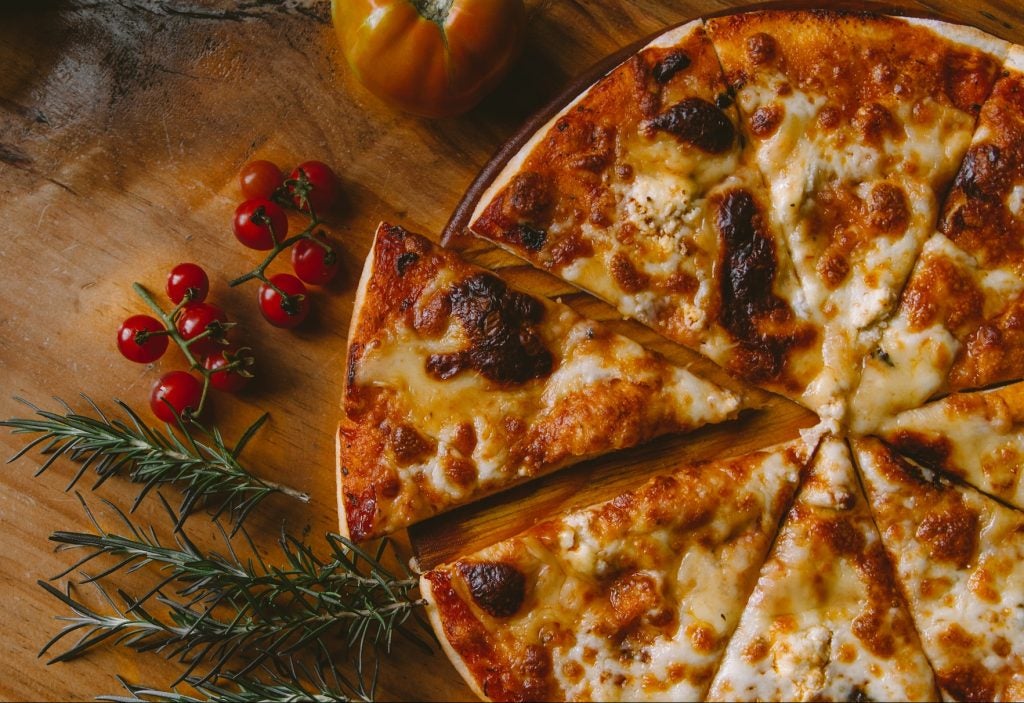Producing specialty milkfat.
Milk fat can be fractionated by its melting temperatures to give a speciality product that
retains the quality flavour of butter while meeting the performance needs of food
manufacturers. The functional performance of milk fat as an ingredient often depends on
the total fat content and the presence of other components such as proteins and
phospholipids. The functional attributes of milk-fat ingredients during processing and in
the final product are described, including flavour, texture, structure and spreadability.
The manufacture of milk- fat ingredients is discussed. The labelling of milk-fat fractions
is also considered.
Kaylegian K.E. Dairy Pipeline 1999 (Spring), 11 (2), 6-7 (0 ref.) En:en
(saan: 502678)
Conjugated linoleic acid and other
anticarcinogenic agents of bovine milk fat.
This review examines the action of anticarcinogenic components in bovine milk fat,
particularly conjugated linoleic acid (CLA), sphingomyelin, butyric acid, ether lipids,
beta-carotene and vitamins A and D. Anticarcinogenic properties, morphology and
pathogenesis are discussed. The role of CLA in the prevention of breast cancer is
considered. Cows have the ability to extract anticarcinogenic components from pasture and
feed and transfer them to milk. The possible use of genetically engineered pasture and
feed to introduce other types of anticarcinogens that could subsequently by transferred to
milk was also evaluated.
Parodi P.W. Journal of Dairy Science 1999 (June), 82 (6), 1339-1349 (98
ref.) En:en (saan: 503149)
Cheese from Holland.
There are over 80 types of Dutch cheese. This basic guide for the retail trade gives
an overview of the most popular varieties on the German market: Gouda, Edam and Maasdam,
various cheeses flavoured with herbs and spices, and cheeses made from ewe and goat milk.
The guide provides information on production methods, composition, flavour and
texture. Particular attention is given to Gouda, which is sold in various forms and
at five ages, ranging from young Gouda, ripened for 4-6 weeks, to products that are
ripened for over 1 year.
Anon. Lebensmittel Praxis 1999 (August 27), 51 (16), supplement
‘Warenverkaufskunde’ 23, 1-6 (0 ref.) De (saan: 504633)
Production of probiotic cheese
(Cheddar-like cheese) using enriched cream fermented by Bifidobacterium infantis.
Dairy products containing bifidobacteria are of increasing interest to consumers. The
production of hard-pressed Cheddar-like cheese containing high levels of viable
Bifidobacterium infantis cells throughout manufacture and ripening is described. Cream was
partly cultured with bifidobacteria before being added to skimmed milk for
standardization. The viability of the bifidobacteria, proteolysis, sugar metabolism and
organic acid production were determined during storage at 4 C for 84 days. Bifidobacteria
counts in the cheeses remained high for at least 12 weeks. The bifidobacteria maintained
their metabolic activity without any adverse impact on organoleptic properties.
Daigle A., Roy D., Belanger G., Vuillemard J.C. Journal of Dairy Science
1999 (June), 82 (6), 1081-1091 (45 ref.) En:en (saan: 503143)
The influence of chronic yogurt
consumption on immunity.
Yoghurt is widely believed to have beneficial effects on health when regularly consumed.
Because long-term intake of large amounts of a specific food can have adverse effects in
particular individuals, a study was performed to investigate effects of yoghurt
consumption on health and immunity over 1 year. The two groups of subjects were young
adults (20-40 years) and older adults (55-70 years). Three subgroups per group were given
pasteurized yoghurt, live-culture yoghurt, or no yoghurt, and the daily intake was 200 g.
Yoghurt consumption was associated with a decrease in reported allergic symptoms in both
age groups, particularly among those given live yoghurt. The older no-yoghurt group showed
increases in total and LDL cholesterol, but these values were stable in the yoghurt
groups. The authors suggest that there is a role for live-culture yoghurt in modulation of
the human immune system.
van de Water J., Keen C.L., Gershwin M.E. Journal of Nutrition 1999
(July), 127 (7S), supplement ‘Nutritional and Health Benefits of Inulin and
Oligofructose’, 1492-1495 (18 ref.) En:en (saan: 504604)
Ice cream – part two.
This article is the second part of a review of recent world literature on ice cream. It
deals with innovative ice-cream products (e.g. an all-natural ice-cream product with no
additives), modernized and new ice-cream factories, ice-cream ingredients, ice-cream
manufacturing processes (e.g. a method for incorporating gel particles into ice cream) and
equipment (e.g. extrusion equipment for aeration, mixing, freezing and extrusion in one
step), home-based ice-cream making, the physical and chemical properties of ice cream
(e.g. the structure of ice cream), quality control of ice cream, the microbiological
quality of ice cream (e.g. surveys on the presence of bacteria in ice cream) and
pathogenic bacteria (e.g. Salmonella enteritidis and Listeria monocytogenes) in ice cream.
Mann E. Dairy Industries International 1999 (April), 64 (7), 10-11 (63
ref.) En (saan: 504653)
How well do you really know your competitors?
Access the most comprehensive Company Profiles on the market, powered by GlobalData. Save hours of research. Gain competitive edge.

Thank you!
Your download email will arrive shortly
Not ready to buy yet? Download a free sample
We are confident about the unique quality of our Company Profiles. However, we want you to make the most beneficial decision for your business, so we offer a free sample that you can download by submitting the below form
By GlobalDataDetails of reports from Leatherhead Food RA Click Here







